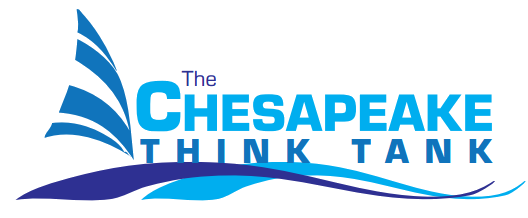

It is often difficult for business owners to effectively track how their employees’ skills match up with their company’s needs. This is generally due to lacking an overarching understanding of the business or organization’s model and state of developmental maturity. When provided with this overarching model, the owner can quickly determine both what skills are needed to effectively move forward and which employees need a thorough inventory of their skill sets in order to better match up abilities with needs.
This is why the “Vision, Alignment and Execution” model remains both a useful and an amazingly relevant organizational tool for executives. Based on the book “Work of Leaders,” this model is divided into three distinct parts. Vision is where the organization’s aspirations and purpose are determined. Alignment tracks how well communication flows between stakeholders, both downward and upward within the organization’s hierarchy. Finally, Execution details how the vision gets implemented.
Each of these segments are essential for effectively achieving an organization’s potential. Without consideration of one of these segments or by experiencing a failure within one or more, optimal performance is very difficult to achieve. The process is easily demonstrated with a startup. Leadership visions where the business is heading and then through alignment recruits stakeholders who are thoroughly bought in and elicits their feedback. Lastly, execution occurs as the plan becomes operational.
The model isn’t only for startups. Feedback loops help stakeholders understand where realignment on the vision or execution need to occur, based on the presence of changes or failures as the organization matures and adapts. By continuously practicing Alignment throughout the organization’s life, optimization and adaptation occur, which keeps the entity relevant.
This model goes one step further. Through categorical measures of an individual’s strengths or weaknesses, it also identifies the key skills needed within each of the three areas, Vision, Alignment, and Execution, By cataloging these skills, it becomes possible to determine who brings needed abilities and allows leadership to effectively match stakeholder’s skills to organizational needs and can also quickly show where skills may be entirely lacking.
What was once guesswork that could often put responsibility onto persons lacking the prerequisite skills, now becomes strategic with a good chance to optimize effective participation and therefore potential success.
Copyright 2023 | Chesapeake Think Tank